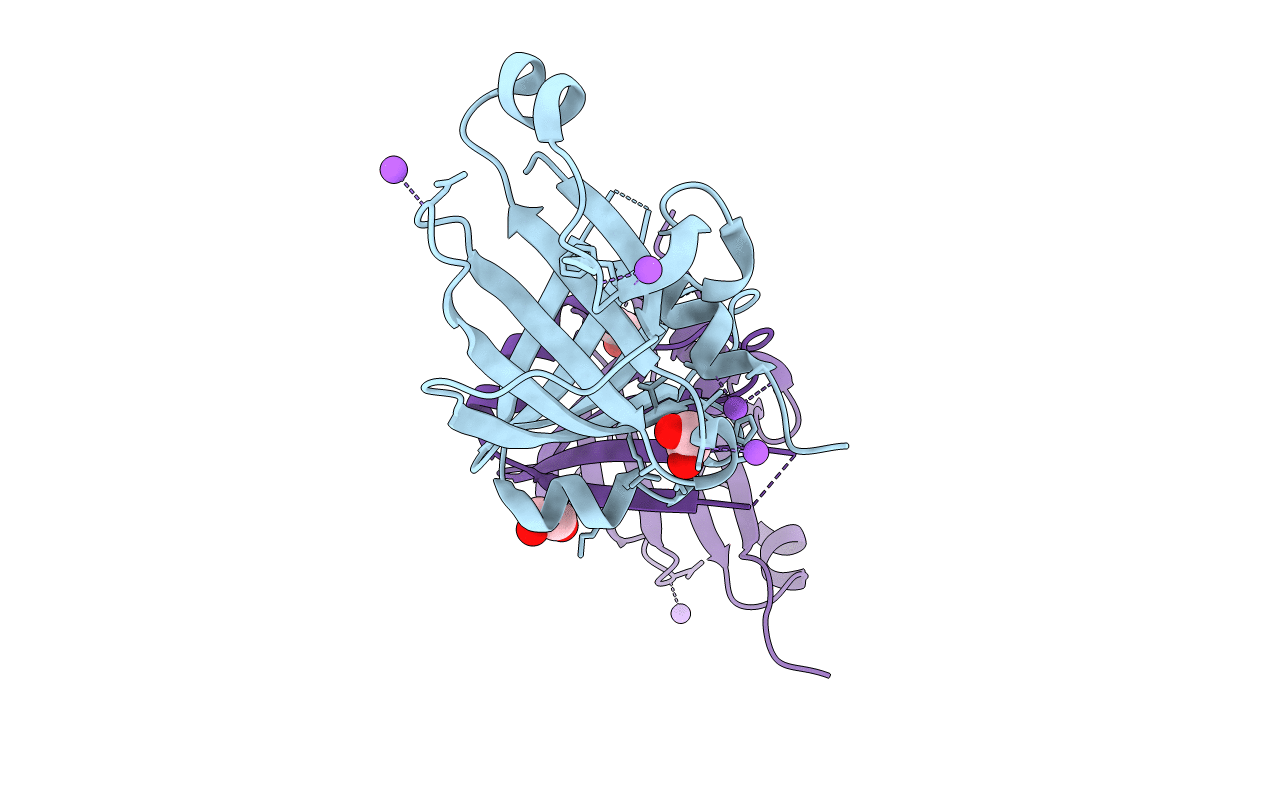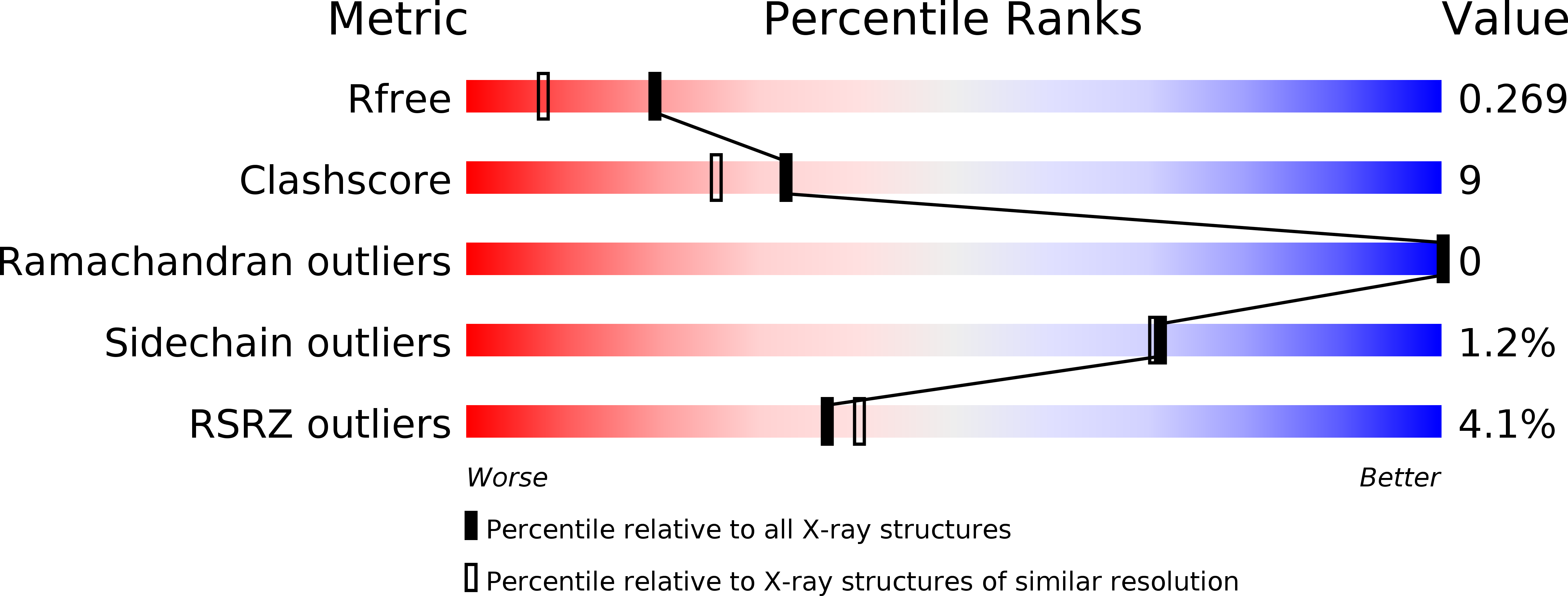
Deposition Date
2011-09-26
Release Date
2012-05-09
Last Version Date
2024-02-28
Entry Detail
PDB ID:
3TYP
Keywords:
Title:
The crystal structure of the inorganic triphosphatase NE1496
Biological Source:
Source Organism:
Nitrosomonas europaea (Taxon ID: 915)
Host Organism:
Method Details:
Experimental Method:
Resolution:
1.90 Å
R-Value Free:
0.26
R-Value Work:
0.21
R-Value Observed:
0.21
Space Group:
P 32 2 1


